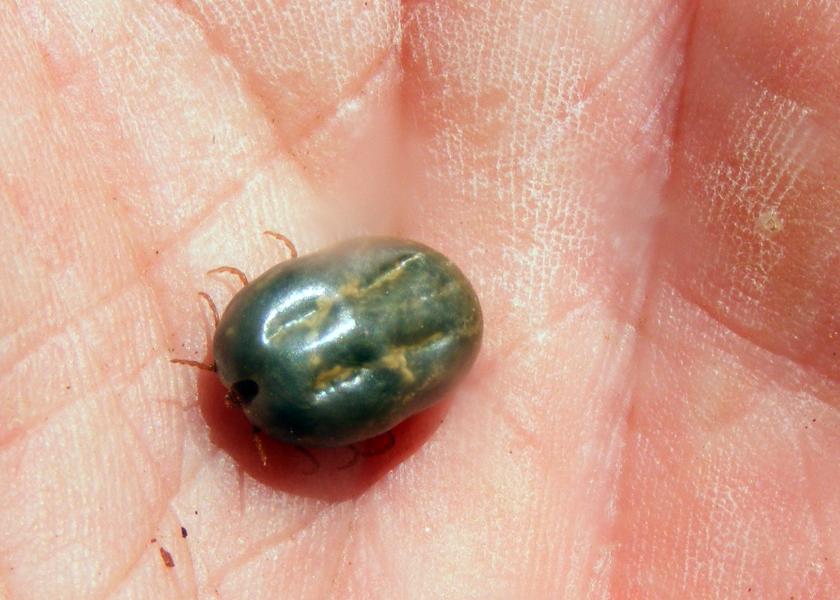U.S.-Mexico Border Ranches Stricken by Fever Ticks

According to data from the Texas Animal Health Commission (TAHC), 2,655 premises, totaling 950,500 acres, are under quarantine in Texas due to fever ticks, and ranchers along the U.S.-Mexico border say the disease they carry has devastated their operations.
Fever ticks can carry a parasite that causes Babesia bovis or B. bigemina, commonly known as cattle fever. The Babesia organism attacks and destroys red blood cells, causing acute anemia, high fever, and enlargement of the spleen and liver, ultimately resulting in death for up to 90 percent of susceptible naive cattle.
TAHC says portions of eight South Texas counties have established fever tick quarantines. The counties include, Cameron, Live Oak, Kinney, Maverick, Starr, Webb, Willacy and Zapata.
Texas rancher Richard Guerra’s 9,000 acre ranch a mile north of the border has been quarantined 22 times in the past 15 years. Guerra told the Epoch Times his ranch has been idle for the past four years because it has become cost-prohibitive for him to run cattle due to fever ticks. At full capacity, he could run 1,000 cattle.
Guerra’s ranch is near Rio Grande City, and with no fencing in the area, cattle and deer crossing the border from Mexico can bring ticks that infect U.S. herds.
“Right now, one of our biggest problems, even though we do have some human trafficking, is the problem with fever tick. Fever tick comes from Mexico. Mexico does nothing to control it,” Guerra told the Epoch Times. There is no cure or vaccine for the fever tick, and Guerra’s biggest hope now is for a border wall to be built, cutting access for the wildlife bringing the tick over the border.
“Texas is in the midst of an outbreak, which have been happening periodically since 1960,” says Callie Ward, communications director for the TAHC. “Many cattle, equine, cervids, and nilgai antelope that cross from Mexico into Texas carry fever ticks. USDA employs mounted tick patrols (tick riders) whose job is to ride horses along the border looking for stray animals that may wander from Mexico. They apprehend and treat the animals.”
Fore more on cattle fever ticks in Texas and along the Mexican border read the following articles:
- Texas Cattle Fever Ticks are Back
- Controversy in Texas Over Cattle Fever Tick Spray Box Shut Down
- Fever Tick Proposal Includes Grazing Wildlife Refuges
- Temporary Resolution Reached in Texas on Cattle Fever Tick Spray Boxes
- More Options Made Available in Texas to Control Cattle Fever Ticks
- Environmental Assessment Favorable for Fever tick Eradication
- TAHC Releases Kleberg County Fever Tick Quarantine Area







